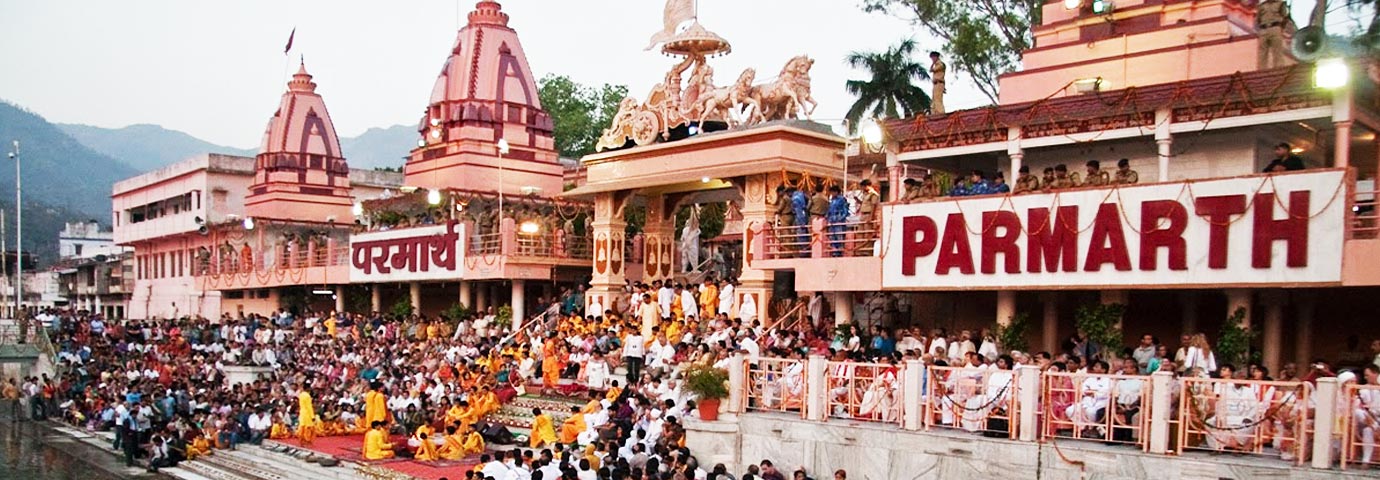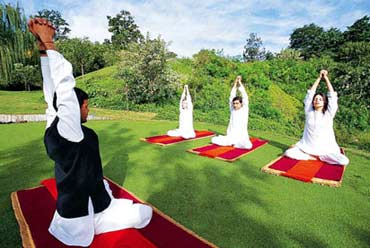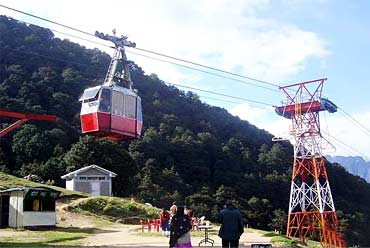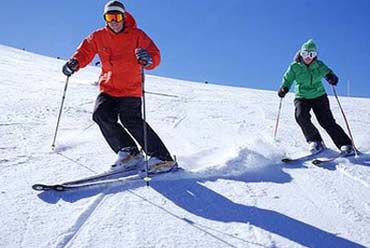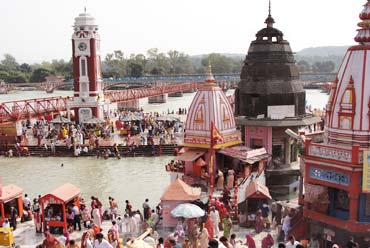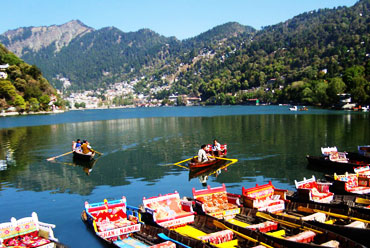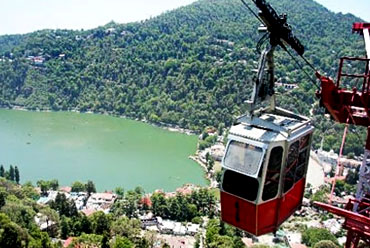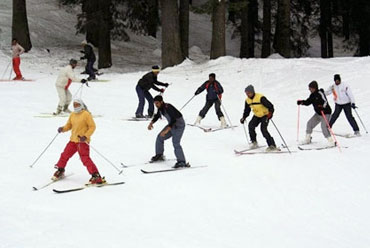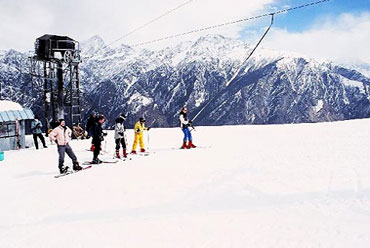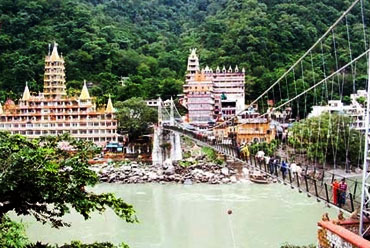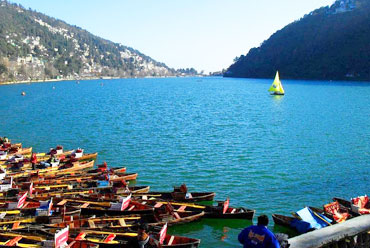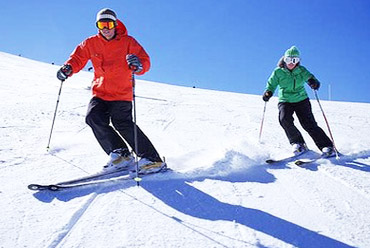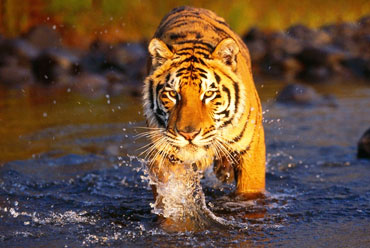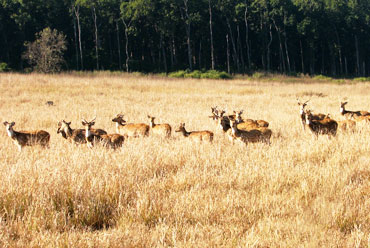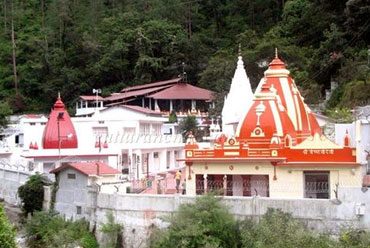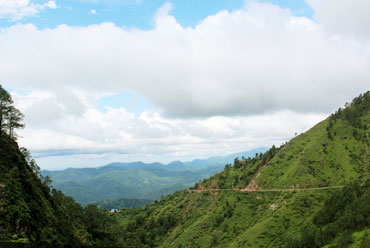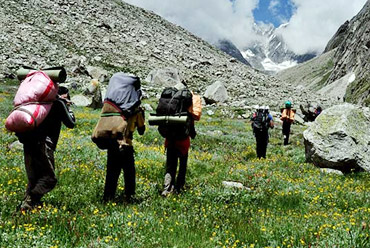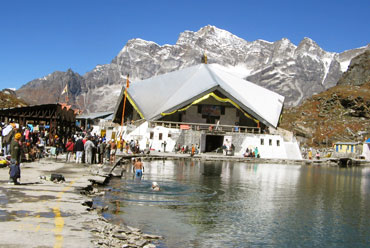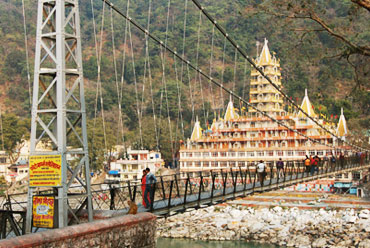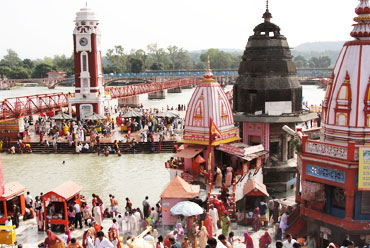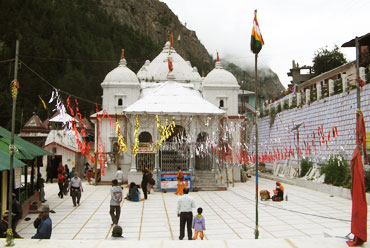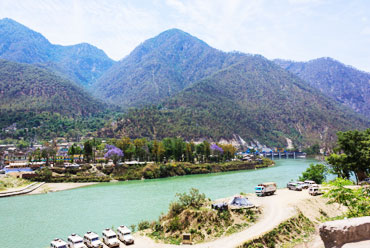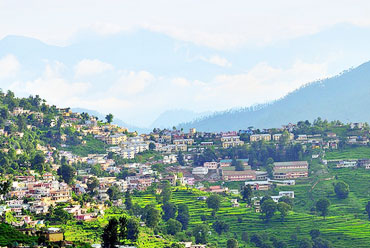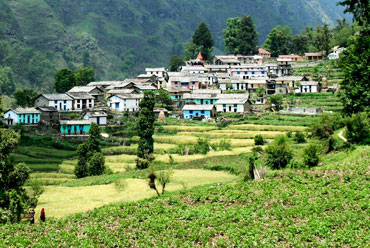Carved out with 14 hilly districts of former Uttar Pradesh, Uttarakhand is the 26th state of the Indian union. The state is rich in flora and fauna, natural and touristic ambiance, and houses some of the most important pilgrimage centers in the country. Uttarakhand tourism offers an opportunity to explore the breathtaking beauty of its natural splendor, grand in its wild denizens, and simplicity in its people, the region is a unique experience to your senses. Here take a look at the Uttarakhand travel guide, which will give you a brief about the state which will help you to plan the Uttarakhand trip.
Location
Uttarakhand is a part of the Western Himalayan ranges starting from the Shivalik foothills to Greater Himalayas with Tibet as its northeastern border. In the northwestern corner of the state is Himachal Pradesh, while Haryana celebrates its union with the newly formed state with a gentle kiss. The state is surrounded by Uttar Pradesh from most of its western and southern boundaries.
Apart from the Terai region in the Shivalik foothills, the entire state of Uttarakhand is a part of the Himalayan ranges. At 7,817 m above sea level, Nanda Devi in the district of Chamoli is the highest point in the state. The region has many glaciers, passes, meadows, and trekking routes with several major rivers like the Ganga and Yamuna originating from here. A major part of this Himalayan state comes under rainforests and alpine forests that are home to some of the highly endangered wildlife species.
History
Uttarakhand is an amalgamation of the two hilly divisions of former Uttar Pradesh, Kumaon and Garhwal, the regions that are known according to Hindu legends as Devabhoomi (land of the gods). Both the divisions, though they are spelled in the same breath, show sufficient diversity in their history, culture, and ethnicity so much so that they are often considered separately.
The Garhwal Himalayas have nurtured civilization from the wee hours of history. It appears to have been a favorite locale for the voluminous mythology of the Puranic period. The traditional name of Garhwal was Uttarakhand and excavations have revealed that it formed part of the Mauryan Empire. It also finds mention in the 7th-century travelogue of Huen Tsang. However, it is with Adi Shankaracharya that the name of Garhwal will always be linked, for the great 8th-century spiritual reformer visited the remote, snow-laden heights of Garhwal, established a Math (Joshimath) and resorted some of the most sacred shrines, including Badrinath and Kedarnath.
With the Uttarakhand tour guide, you get a deep insight into the history of Garhwal which began in the 15th century when King Ajai Pal merged the 52 separate principalities, each with its Garh or fortress. For 300 years, Garhwal remained one kingdom, with its capital at Srinagar (not to be confused with the capital of Kashmir). Then Pauri and Dehradun were perforce ceded to the Crown as payment for British help, rendered to the Garhwalis during the Gurkha invasion, in the early 19th century.
Humankind has been around in Kumaon for a very long time. Evidence of Stone Age settlements has been found in Kumaon, particularly the rock shelter at Lakhu Udyar. The paintings here date back to the Mesolithic period.
The early medieval history of Kumaon is the history of the Katyuri dynasty. The Katyuri kings ruled from the seventh to the 11th century, holding sway at the peak of their powers over large areas of Kumaon, Garhwal, and western Nepal. The town of Baijnath near Almora was the capital of this dynasty and a center of the arts. Temple building flourished under the Katyuris and the main architectural innovation introduced by them was the replacement of bricks with hewn stone.
On a hilltop facing east (opposite Almora), is the temple of Katarmal. This 900-year-old sun temple was built during the declining years of the Katyuri dynasty. The intricately carved doors and panels have been removed to the National Museum in Delhi as a protective measure after the 10th-century idol of the presiding deity was stolen.
After an interregnum of a couple of centuries, the Chands of Pithoragarh became the dominant dynasty. The magnificent temple complex at Jageshwar, with its cluster of a hundred and sixty-four temples, was built by the Chand rulers over two centuries. Dedicated to Lord Shiva, the evocative carvings are complemented by the beautiful cedar forest around it.

